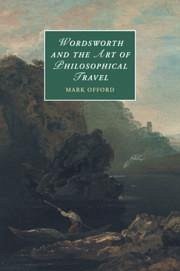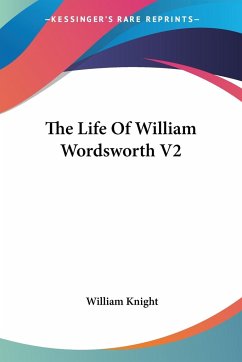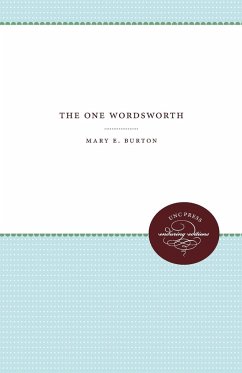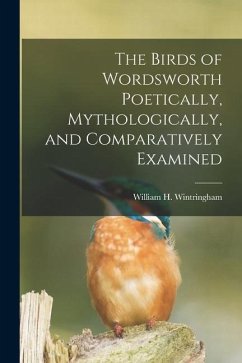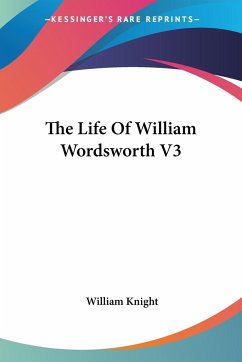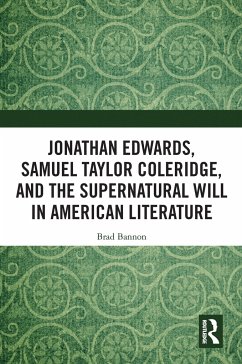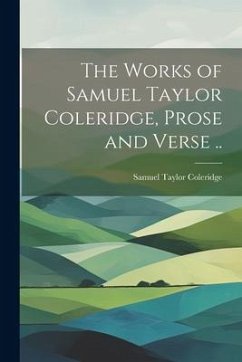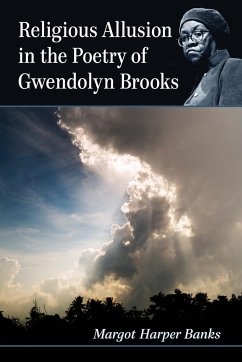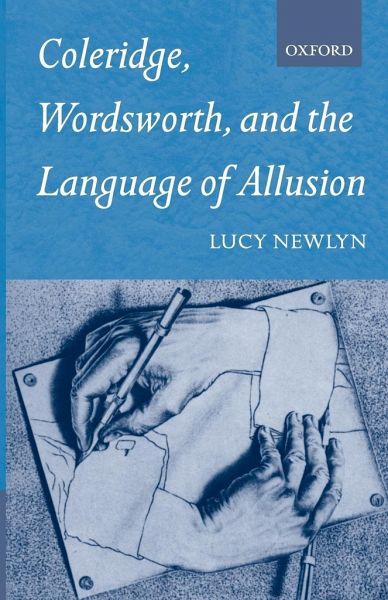
Coleridge, Wordsworth and the Language of Allusion
Versandkostenfrei!
Versandfertig in 1-2 Wochen
77,99 €
inkl. MwSt.

PAYBACK Punkte
39 °P sammeln!
In this study of two creative minds, Lucy Newlyn offers a new version of the Coleridge-Wordsworth interaction during its most crucial years: 1797-1807. Rejecting all those accounts (including the poets' own) which have sought to construe difference as compatibility, Newlyn argues that it is only on the surface that each poet appears the other's ideal audience. Below the surface, there were radical differences, of a theoretical and imaginative kind, which led to misunderstanding. It is the central argument of Coleridge, Wordsworth, and the Language of Allusion that such 'misunderstanding' was creative and, for both poets, a means of self-definition. The key to this interpretation is in the poets' private language: they were not only 'men speaking to men', but poets speaking to poets, and it is in their use of literary allusion that their tacit opposition emerges. Indeed, by examining the range of strategies open to any writer using private allusion, Newlyn's study reveals this mode to be potentially the most aggressive of literary forms.
In her study of two creative minds, Lucy Newlyn offers a startlingly new version of the poetic interaction between Coleridge and Wordsworth during the critical years from 1797 to 1807. Rejecting the traditional accounts, even those given by the poets themselves, which have minimized the differences between the two, Newlyn demonstrates that it is only on the most superficial level that each poet seemed to be the other's ideal audience. Below that surface, she insists, there were radical dissimilarities between the two which led to a kind of "creative" misunderstanding by which each artist clearly defined himself in relation to the other. Because it is in the poet's "private language" of allusion that these differences are most clearly seen, the book concludes that this "private language" spoken by artists amongst themselves may in fact be the most aggressive of literary forms.





